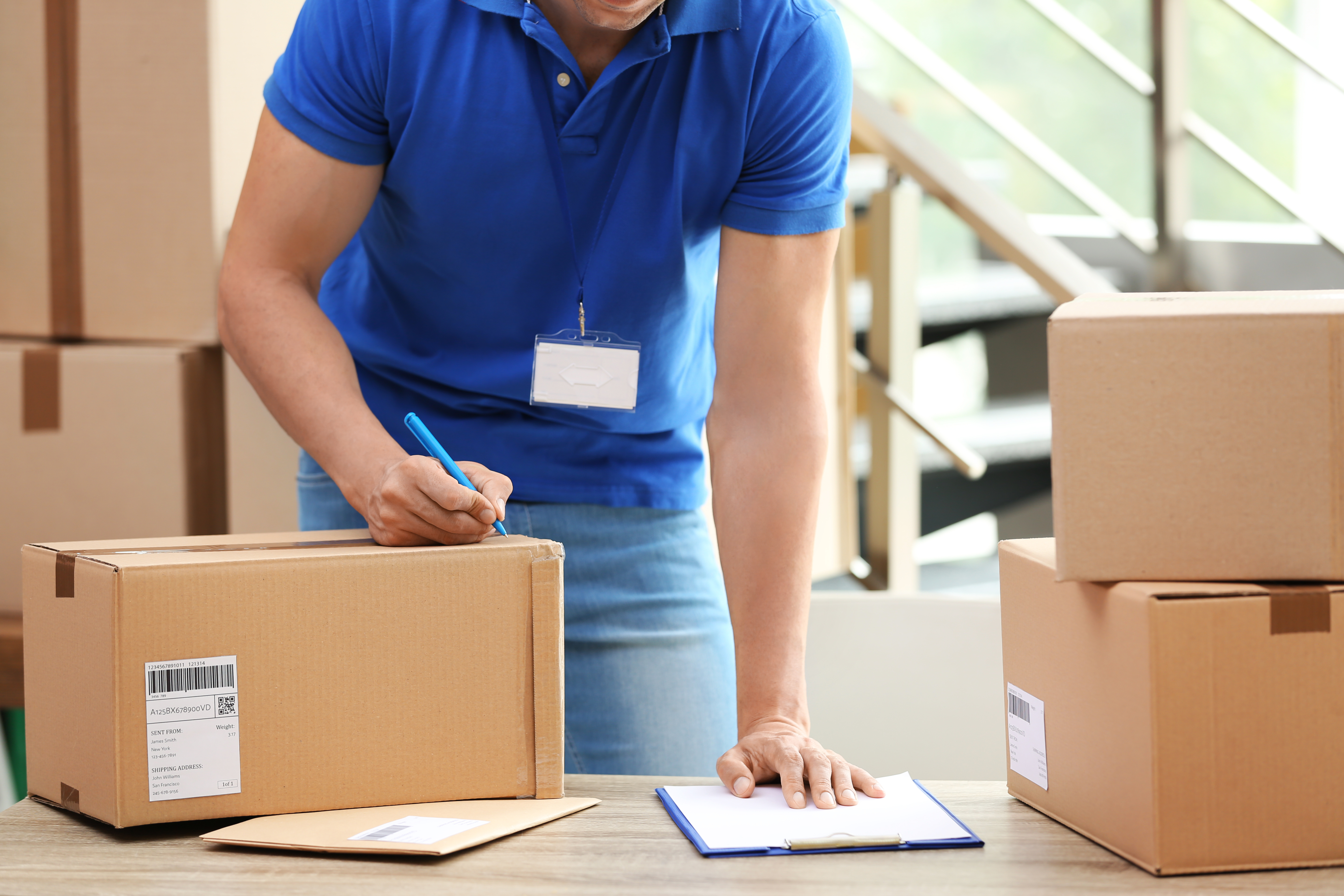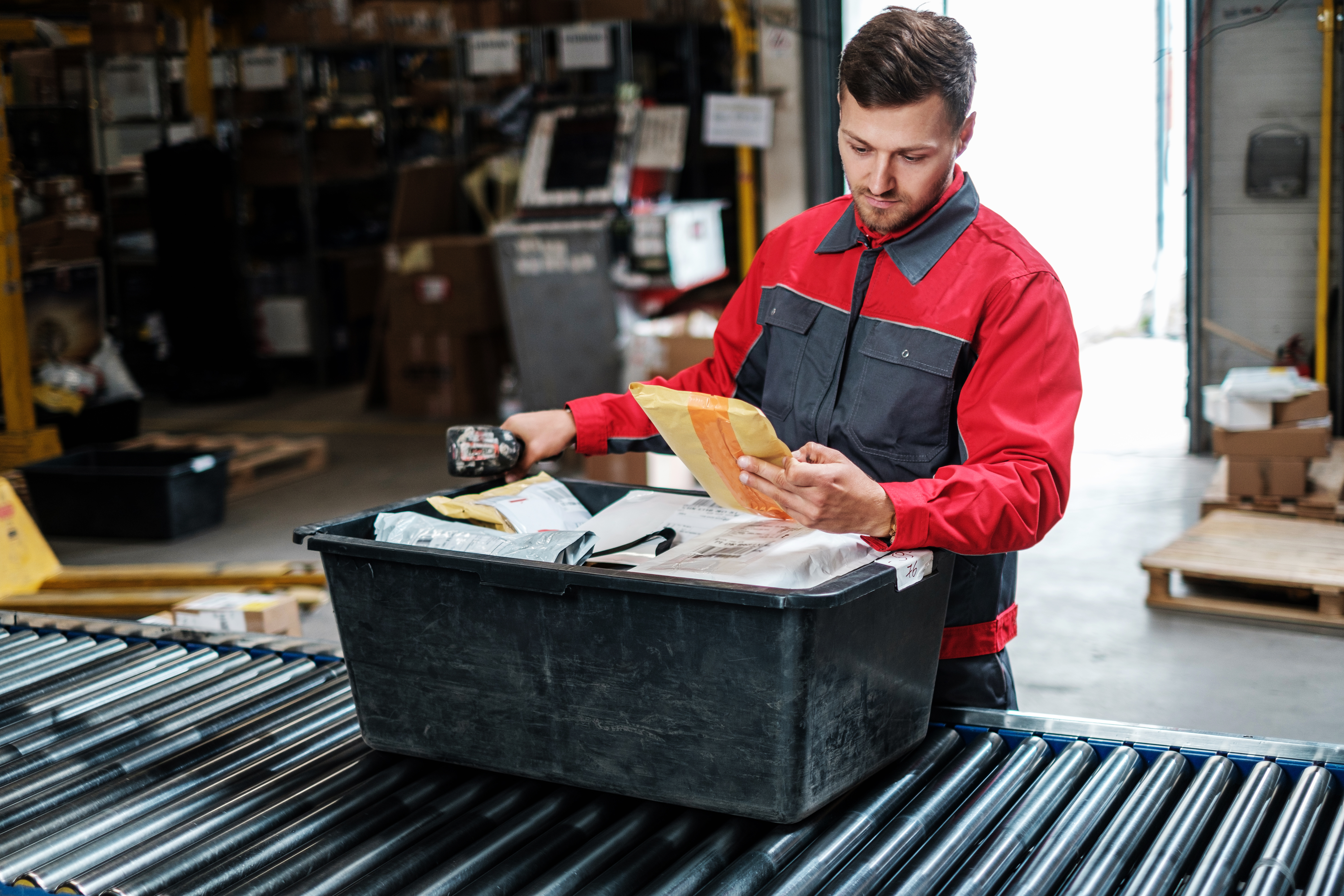The Next Frontier: Returns as a Service
By Sender Shamiss, ReturnPro
The collective work we all have done to build this industry has now made reverse logistics one of the most sought-after areas of investment for venture capitalists and opportunistic companies looking to diversify their offering. Some notable examples in recent months include Affirm’s acquisition of Returnly and PayPal’s purchase of Happy Returns. “Returns”, once a stigmatized word, has now become the retail hot spot.
Our RLA community has demonstrated the value of our industry, either by creating logistics efficiencies, helping create conveniences that drive loyalty, or by offering alternatives to sending these problematic items to a landfill. Retailers and Manufacturers across the globe are interested and invested in leveraging this largely untapped part of the retail equation. With reverse logistics costs amounting to 59% of the original sales price, they will not endure unless they can reduce those costs or find a way to uncover additional recovery on those returned items.
So, now that the spotlight is on us, where do we go from here? It’s time to talk about the next frontier, and how we get there.
For us, the path forward is a term that we have affectionately coined Returns as a Service, or “RaaS”. RaaS is a model that uses best practices for every part of the reverse supply chain to ultimately produce results that foster customer loyalty, decrease the financial impact of returns and reduce environmental waste caused by returns. I have always believed that reverse logistics is its own ecosystem within the retail industry. There are many successful companies that have been built on a mission to tackle certain issues within the reverse network, but I maintain that you cannot make meaningful change in your reverse supply chain unless you embrace the full measure. A true RaaS-enabled future for our industry must include the following:
RETURN ANYTHING, ANYWHERE
Seventy-three percent of online shoppers say returns are their least favorite part of shopping online, and nearly sixty percent are dissatisfied with the current return options. One way to address this problem is to allow consumers to drop off returns to convenient locations. Some notable examples include Amazon’s partnership with Kohl’s, and UPS’s “no-box, no-label” program, where participating retailers provide customers with a mobile return code and can leave their unboxed items with UPS to be consolidated and sent to a distribution center.
These partnerships illustrate a profound improvement in delivering Returns as a Service, but I would argue they don’t go far enough to make the process genuinely convenient. Eighty percent of Americans live within 15 miles of a Kohl’s store, but if the ultimate goal is a seamless returns experience, do consumers really want to be traveling 15 miles to make a return? While UPS stores are more plentiful, they operate under limited hours and many are closed on Sundays when most consumers try to get their errands done. The untapped opportunity I see is for retailers to partner with returns management companies and non-competitive businesses that operate in areas shoppers visit daily such as coffee shops, gas stations and 24-hour fitness centers, where returns can be dropped off any time of day. That approach to an enabled return would radically alter the consumer experience and offer true convenience.

A DISPOSITION PORTAL AT POINT OF RETURN
Many of the largest retailers are still working off of disconnected POS systems for in-store and online purchases. When one of those purchases needs to be returned, not only does it create friction for the customer, but it can also be a very costly problem as labor expenses and wasted transportation miles mount. What’s more, is that the time it takes to manually process these returns can cost retailers up to $300 billion in lost revenues from markdowns, annually. By integrating a disposition software at the point of return, retailers can immediately route items to their best resale path, thereby lessening the amount of time it takes to restock or resell that item and mitigating markdown risk. Simply enabling those (eCommerce) returns to go directly to a reverse logistics or returns management partner (instead of the retailer having to process the item first) can easily save the retail industry more than tens of billions of dollars each year.
INSTANT REFUNDS OR CREDITS
In a recent UPS survey, customers cited refund delays as one of the main reasons for a poor returns experience. Studies have shown that an instant refund or credit yields a 91% satisfaction rate from consumers, so how can retailers implement an instant refund program? In cases where a customer wants to exchange an item, retailers might offer immediate store credit for a customer to reorder a different size before sending back their original purchase. Another option, that known loyal customers might qualify for, is a prompt refund as soon as the local carrier scans the product for shipping. Retailers who lack the capacity to support free returns might consider charging for instant refunds, as 52% of shoppers indicated they would be willing to pay a small fee for the convenience.
CONSOLIDATE RETURNS
One of the largest financial burdens that retailers bear is the price of reverse supply chain shipping and management. The process of picking up single packages and routing them around the country to return centers and stores is extraordinarily costly and complex. When retailers ship single items or less than a truckload of freight, they’re overspending and underutilizing the space. Consolidating returns is more beneficial to the environment and can reduce costs by as much as 60-70%. Consolidating returns gives retailers and brands the ability to streamline value-added touches within their supply chain that result in returns finding a second life on primary and secondary marketplaces.
RECOMMERCE
Ideally, a RaaS-focused model would allow for opportunities to sell items through the same channel/outlet the return came from to promote a closed-loop supply chain, but it’s not always so simple. Many retailers and brands used to fear that selling their returned goods on secondary marketplaces like Ebay, Amazon or Overstock might devalue their reputation and pricing. Today, however, strategic retailers and OEMs realize that they will leave significant profits on the table if they don’t join the rapidly growing recommerce market as well as the circular economy movement. In April, TheRealReal partnered with Balenciaga, Dries Van Noten, and Stella McCartney, among other luxury designers to transform distressed or damaged clothing into new, one-of-a-kind pieces and sold them as a part of their ReCollection 01 initiative.
Even before the pandemic, experts predicted the resale market was on track to double between 2019 and 2021. Now, they anticipate a 69% growth in the same time frame. Brands and retailers are already meeting customers where they’re at in their purchasing preferences. The key will be to find the right partner, with extensive secondary marketplace experience, to protect their brand integrity, compete with low-cost resellers, and ensure maximum recovery on every item.

BUSINESS INTELLIGENCE
Typically, retailers and brands forecast returns based on historical volumes. By adopting RaaS they can gain accurate visibility into all their inventory and be able to establish the ultimate value of a return as it is received. In addition, business intelligence offers organizations a window into where their inventory is at all times, who touched it, why it was touched, where it was moved to, and how it was sold. By having this information, they can predict the cost for every touch throughout the customer journey and create a plan to cut unnecessary costs, improve efficiencies and determine the most optimal resale path.
Returns as a Service is a critical concept for the future of the rapidly evolving retail industry. RaaS is about transforming a historically confusing and fragmented process into something as simple as picking up a morning latte, but that’s not all. RaaS is also about allowing retailers and brands to release themselves from the reverse logistics process that costs billions annually. RaaS represents the future of returns. It encourages retailers and manufacturers to look at returns from every vantage point to solve the puzzle, rather than just one piece at a time.
 Sender Shamiss
Sender ShamissSender Shamiss is the Co-founder and CEO of goTRG, a global returns management platform that helps retailers and manufacturers mitigate financial and environmental waste from returns. goTRG’s fully managed solution connects technology with supply chain and recommerce opportunities and intelligently dispositions returned or overstock inventory to its most profitable path, eliminating financial and environmental waste from reverse logistics. Mr. Shamiss is a lifelong entrepreneur, and since the 1990’s has built multiple successful companies in the space of ecommerce and supply chain.